Table of Contents
Come join us now, and enjoy playing your beloved music and browse through great scores of every level and styles!
Can’t find the songbook you’re looking for? Please, email us at: sheetmusiclibrarypdf@gmail.com We’d like to help you!
On this day in 1965, The Beatles recorded the song Yesterday.

Best Sheet Music download from our Library.
The Birth of a Timeless Ballad: The Beatles Record “Yesterday” on June 14th, 1965.
June 14th, 1965. While the world buzzed with the energy of Beatlemania, inside EMI Studios (later Abbey Road Studios) in London, a quiet revolution was taking place. On this Monday, The Beatles, the undisputed kings of electrifying rock ‘n’ roll, gathered not for a raucous session of amplified guitars and driving rhythms, but to capture something profoundly intimate and unprecedented in their catalogue: Paul McCartney’s “Yesterday.” This recording session, seemingly unremarkable on the band’s frantic schedule, would become a pivotal moment in music history, birthing arguably the most covered song of all time and showcasing a new, mature dimension to the Fab Four’s artistry.
Please, subscribe to our Library.
If you are already a subscriber, please, check our NEW SCORES’ page every month for new sheet music. THANK YOU!
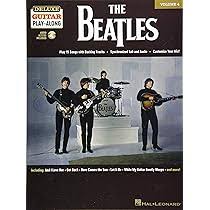
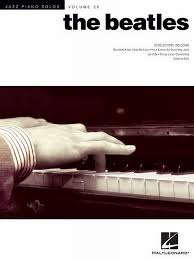

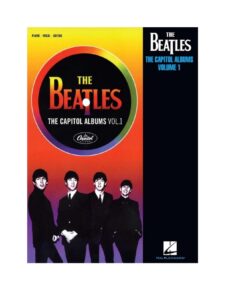



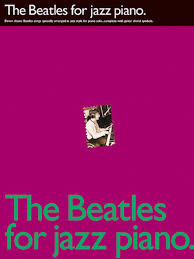



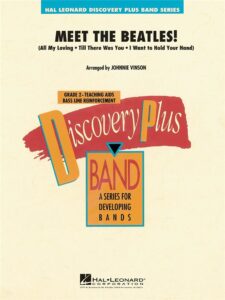

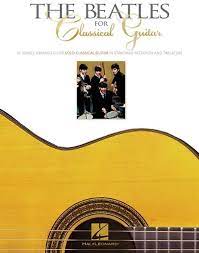


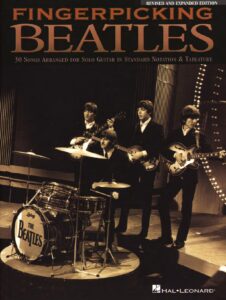


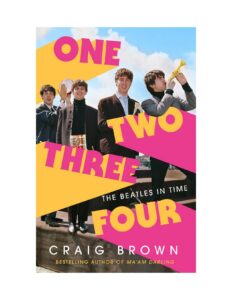
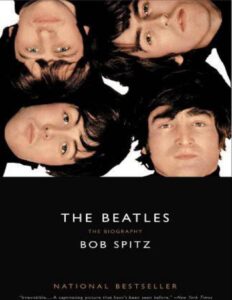
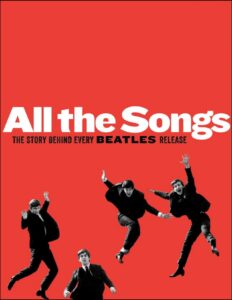


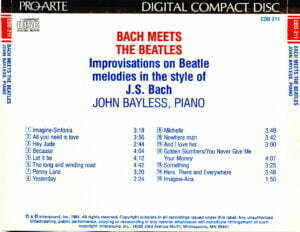
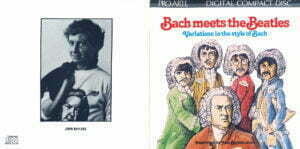
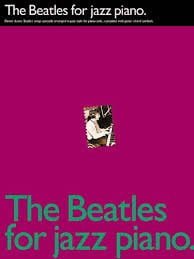
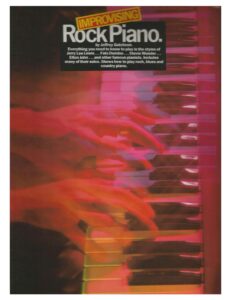
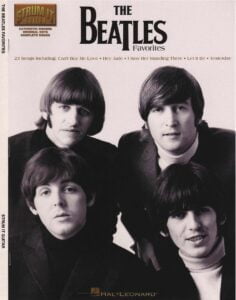
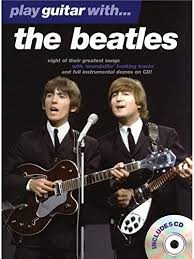
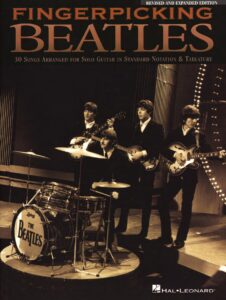

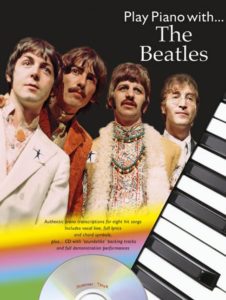
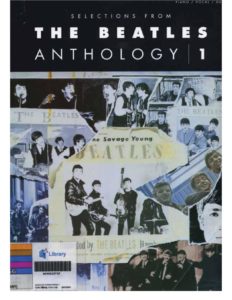
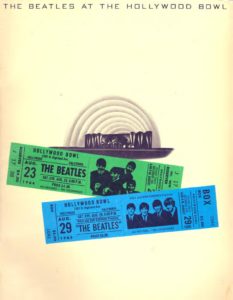

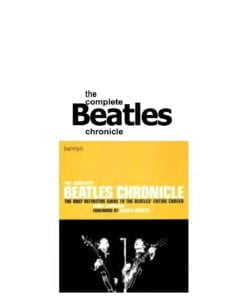



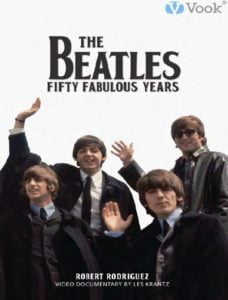

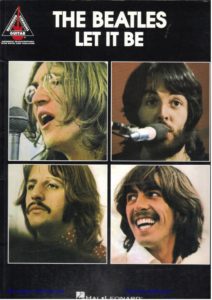
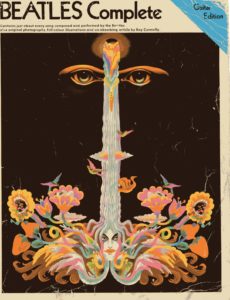
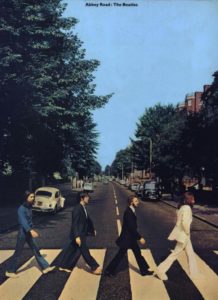
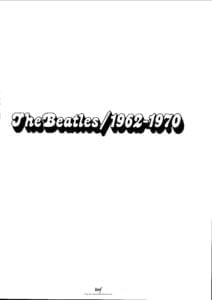

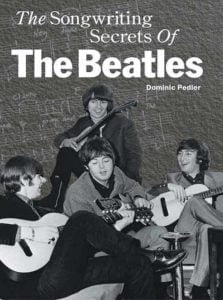
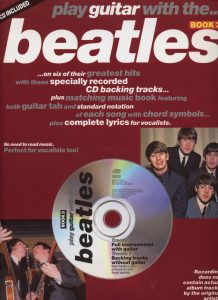
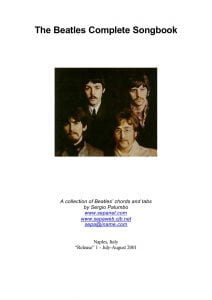
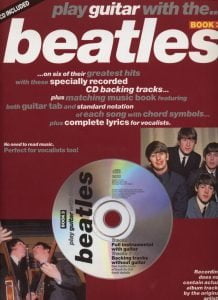
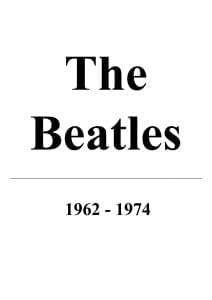
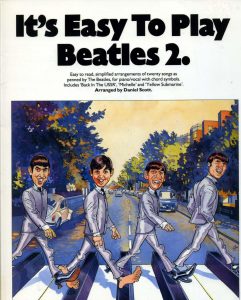
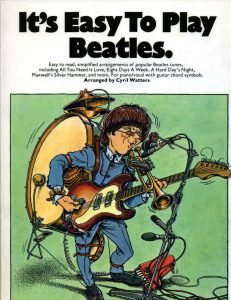
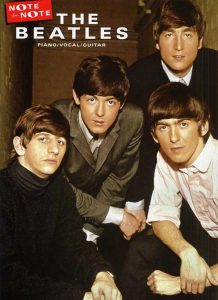
The Genesis: A Melody from a Dream
The story of “Yesterday” began months earlier. Paul McCartney famously awoke one morning in early 1964 (at Jane Asher’s family home on Wimpole Street) with a complete melody in his head. Convinced it was something he’d heard before, he played it for anyone who would listen – bandmates, producers, fellow musicians – asking, “Is this someone else’s tune?” The melody persisted, hauntingly beautiful and seemingly original. Initially, the placeholder lyrics were comically mundane: “Scrambled eggs, oh my baby how I love your legs…” The working title became “Scrambled Eggs,” a stark contrast to the profound lyrics it would eventually wear.
McCartney refined the song slowly over many months. The simple, melancholic chords (G, F# minor 7, B minor, E minor, A7, D, G) perfectly framed the emerging theme of lost love and regret. By the time filming began for their second movie, Help!, in early 1965, the song had taken its essential shape, though the final lyrics were still being honed. John Lennon later recalled McCartney playing it on a piano at the film set, recognizing its potential immediately.
Browse in the Library:
Or browse in the categories menus & download the Library Catalog PDF:
The Session: A Solo Performance Emerges
The June 14th session was part of the album work for Help!. However, “Yesterday” presented a unique challenge. Its sparse, acoustic nature didn’t fit the established Beatles sound. As McCartney later recounted, the band tried various arrangements – with drums, with electric guitars – but nothing felt right. The song demanded simplicity.
George Martin, their visionary producer, made a crucial suggestion: strip it back entirely. Let Paul sing it solo, accompanied only by his acoustic guitar. This was a radical departure. Beatles songs were, by definition, group efforts. Ringo Starr, ever the supportive and pragmatic bandmate, readily agreed it didn’t need drums. George Harrison and John Lennon similarly understood the song’s needs and stepped aside, though Lennon later quipped he wished he’d been involved more.
So, on that June afternoon, Paul McCartney sat alone in Studio Two. He performed two takes of “Yesterday,” just his voice and his Epiphone Texan acoustic guitar. The second take was deemed perfect – a raw, emotionally resonant performance captured directly to tape. The intimacy was palpable. You could hear the scrape of his fingers on the strings, the subtle nuances in his vocal delivery, shifting from gentle melancholy to a touch of defiance on the final “yesterday.” This solitary performance, born from a dream and refined over months, was now immortalized.
The Arrival of Strings: George Martin’s Magic Touch
While the core performance was captured on June 14th, the song wasn’t quite finished. George Martin felt the starkness, while powerful, could benefit from subtle enhancement. He envisioned a delicate string quartet arrangement to provide warmth and depth without overwhelming the fragile core. McCartney was initially hesitant – strings were seen as “square,” not for a rock band – but trusted Martin’s judgment.
A few weeks later, on June 17th, McCartney returned to the studio. This time, four session musicians were present: Tony Gilbert and Sidney Sax on violins, Francisco Gabarro on cello, and Kenneth Essex on viola. Martin himself conducted. McCartney sang along softly to guide them, though his vocal from the 14th remained the master take. Martin’s arrangement was a masterclass in restraint. The strings didn’t soar; they sighed. They provided a gentle cushion, emphasizing the song’s inherent sadness and sophistication without ever becoming sentimental or intrusive. This addition elevated “Yesterday” from a beautiful demo to a timeless classic.
Release and Reluctance: A Hit Against Expectations?
Remarkably, there was significant hesitation within the Beatles camp about releasing “Yesterday” as a single, particularly in the UK. Concerns were manifold:
- Too Different: It didn’t sound like a Beatles record. No band performance, no drums, strings – it was a McCartney solo piece.
- Risk to Image: Would fans accept this dramatic shift from their energetic pop/rock sound?
- UK Single Policy: EMI was wary of releasing singles that would also be on an upcoming album (Help!).
As a result, “Yesterday” was first released in the US as a single on September 13th, 1965, backed with “Act Naturally” (a Ringo vocal). It was also included on the North American Help! album. The response was phenomenal. It shot to number one on the Billboard Hot 100 and stayed there for four weeks, becoming their tenth US chart-topper.
Its UK release was more cautious. It wasn’t issued as a standalone single until after the Help! album. Instead, it appeared on the UK Help! LP in August 1965. Due to overwhelming demand from radio play and imported US singles, it was finally released as a UK single in March 1966, paired with “I Should Have Known Better” from the film. It promptly reached number one, proving its universal appeal transcended any initial reservations.
The Legacy: A Song for the Ages
The impact of “Yesterday,” recorded in its essence on that June day in 1965, is immeasurable:
- The Most Covered Song: According to Guinness World Records, “Yesterday” holds the record for the most covered song in history, with over 2,200 recorded versions spanning virtually every genre imaginable – from Frank Sinatra and Elvis Presley to Ray Charles, Marvin Gaye, and Boyz II Men.
- Breaking Boundaries: It shattered preconceptions about what a pop song, and specifically a Beatles song, could be. It demonstrated their artistic growth and willingness to experiment beyond their core sound.
- Opening Doors: Its success paved the way for more introspective, orchestrated, and personal compositions from McCartney (“Eleanor Rigby,” “For No One,” “She’s Leaving Home”) and the band as a whole.
- Cultural Ubiquity: The melody and opening line “Yesterday, all my troubles seemed so far away…” are instantly recognizable globally. It’s a cultural touchstone, used in countless films, TV shows, and moments of collective memory.
- Enduring Resonance: Its theme of nostalgia, regret, and lost love remains universally relatable. The simplicity of its structure and the purity of its emotion give it a timeless quality that continues to resonate with new generations.
The Anthology Echo
A poignant postscript emerged decades later. For The Beatles Anthology project in the 1990s, George Martin, Paul McCartney, and producer Jeff Lynne revisited the original June 14th, 1965, tape. They isolated McCartney’s solo guitar and vocal performance from Take 2 and added a new, equally restrained string arrangement by Martin. Released on Anthology 2 in 1996, this version offered a fascinating “what if” glimpse – the song as it sounded on that historic Monday, stripped back to its very first recorded essence, yet still profoundly moving.
June 14th, 1965, was not just another day in the studio for The Beatles. It was the day a dream melody, nurtured through uncertainty and refined with care, found its perfect, minimalist form. Paul McCartney’s solitary performance, captured with quiet confidence, laid the foundation for a phenomenon. George Martin’s later addition of strings was the master stroke that elevated it to timeless elegance. Despite initial doubts, “Yesterday” became a global sensation, shattering expectations and redefining the possibilities of popular music. More than just a hit song, it became a universal language of nostalgia and heartache, ensuring that the quiet magic conjured in Studio Two on that Monday afternoon would truly last for far more than just a day, but for generations to come.
Yesterday (With Spoken Word Intro / Live From Studio 50, New York City / 1965)
The Beatles performing “Yesterday (With Spoken Word Intro / Live From Studio 50, New York City / 1965).”
Yesterday – For Jazz Piano (sheet music, Noten, partition, partitura, Noten)
Browse in the Library:
Or browse in the categories menus & download the Library Catalog PDF:
The harmony and chord progression of “Yesterday”
The harmony and chord progression of “Yesterday” are fundamental to its emotional power and timeless appeal. While seemingly simple on the surface, McCartney employs subtle sophistication and clever voice leading that elevates it beyond a standard pop ballad. Here’s a breakdown:
The Core Progression (Verses):
The song is primarily in the key of G Major. The core verse progression is remarkably concise yet deeply evocative:
- F#m7 (F# minor 7th): This is the instantly recognizable, arresting opening chord. It’s highly unusual to start a song in G major with an F#m7 chord.
- Function: It acts as a viiø7/V chord (a half-diminished seventh chord functioning as the leading tone chord to the dominant, C). However, it doesn’t resolve directly to C. Its primary effect is one of melancholy ambiguity and yearning. The F# root creates immediate tension against the expected G tonic.
- Sound: The minor 7th interval (F#-E) adds a rich, slightly dissonant, and poignant quality. It instantly establishes the reflective, sad mood.
- B7 (B dominant 7th): This chord moves directly from F#m7.
- Function: It’s the V7/vi chord (the dominant seventh of the relative minor, E minor). This is a very common secondary dominant, but its placement here is crucial. It strongly pulls towards Em, the relative minor.
- Em (E minor): The resolution of the B7 chord.
- Function: The vi chord in G major (relative minor). Landing here confirms the shift towards a minor tonality, reinforcing the sadness. It feels like a temporary “home,” but a melancholic one.
- A7 (A dominant 7th): Moves from Em.
- Function: V7/ii (the dominant seventh of the supertonic minor, Am). Another secondary dominant, creating tension that pulls towards Am.
- D (D major): Moves from A7.
- Function: IV chord (subdominant) in G major. The A7-D progression is a strong authentic cadence (V7-I) but in the key of D major (D is the tonic here). This creates a brief, bright modal shift or tonicization of the IV chord before returning home. It’s a moment of fleeting sweetness or memory.
- G (G major): Resolves from D.
- Function: I chord (tonic). The return to G major feels like a resolution, but tinged with the sadness established by the journey. The progression from D to G is a Plagal Cadence (IV-I), often called the “Amen” cadence, giving a sense of peaceful, albeit wistful, conclusion.
- F (F major): Moves from G.
- Function: bVII chord. This is a modal mixture chord, borrowed from the parallel minor key (G minor). In G major, F major is unexpected and adds a distinctive, slightly bluesy or folk-like flavor. It softens the return to C.
- C (C major): Moves from F.
- Function: V chord (dominant) in G major? While C is the dominant scale degree, the chord itself is major (C-E-G). The F-C progression feels strong (another Plagal cadence in C? Or IV-I in C?), but its purpose is to lead back to…
- G (G major): Resolves from C.
- Function: I chord (tonic). The C-G forms an Imperfect Authentic Cadence (V-I), providing a clear, but perhaps not fully triumphant, resolution back to the tonic to start the progression again.
Simplified Verse Progression:F#m7 -> B7 -> Em -> A7 -> D -> G -> F -> C -> G
Key Harmonic Features in the Verse:
- Ambiguous Opening: Starting on F#m7 (viiø7/V) instead of the tonic creates immediate intrigue and melancholy.
- Strong Use of Secondary Dominants: B7 (V7/vi) and A7 (V7/ii) create powerful forward motion and harmonic tension, pulling the progression through different tonal centers (Em and D).
- Tonicization of IV (D): The A7-D cadence briefly makes D sound like the tonic, providing a contrasting moment of brightness.
- Plagal Cadence (D-G): The “Amen” cadence provides a gentle, nostalgic resolution back towards the true tonic.
- Modal Mixture (F major – bVII): Borrowing the F major chord from G minor adds a unique color and smooths the path back to the dominant (C).
- Voice Leading: McCartney’s melody and the underlying chords feature smooth, often stepwise motion in the inner voices, contributing to the song’s flowing, natural feel despite the harmonic sophistication. The descending bass line (F# -> B -> E -> A -> D -> G -> F -> C -> G) is particularly effective and memorable.
The Bridge (“Why she had to go…”) Progression:
The bridge modulates to the key of F major. This shift upward adds intensity and emotional weight.
- F (F major): I chord (tonic in F).
- Em (E minor): vii chord in F? Functionally, it acts as a pivot or creates a momentary minor feel.
- A7 (A dominant 7th): V7/ii in F? (pulling towards Bbm). However, it resolves deceptively…
- Dm (D minor): iv chord in F major (subdominant minor). The A7-Dm is a deceptive cadence (V7-vi) but in the key of D minor (where A7 would be V7 and Dm i). This creates a poignant sense of unresolved yearning.
- G7 (G dominant 7th): V7/V (dominant seventh of the dominant, C) in F major. This strongly pulls back towards the tonic F via its dominant (C7).
- C7 (C dominant 7th): V7 (dominant) in F major. Creates strong tension needing resolution.
- F (F major): I chord (tonic). Resolution back to F major.
- (Repeat or variation): The bridge progression often repeats or slightly varies this structure (e.g.,
F -> Em -> A7 -> Dm -> Bb -> C7 -> F).
Simplified Bridge Progression:F -> Em -> A7 -> Dm -> G7 -> C7 -> F
Key Harmonic Features in the Bridge:
- Modulation to F Major: The upward shift intensifies the emotion.
- Deceptive Cadence (A7 -> Dm): This is the harmonic heart of the bridge’s sadness. Instead of resolving to the expected Bbm (ii), it moves to Dm (iv), creating a sense of loss and unfulfilled expectation.
- Strong Dominant Preparation (G7 -> C7): Builds significant tension before resolving back to F.
- Use of Minor iv (Dm): The minor subdominant chord (borrowed from F minor) adds a deep layer of pathos, characteristic of many melancholic ballads.
Overall Harmonic Impact:
- Sophisticated Simplicity: While using common building blocks (secondary dominants, plagal cadences, modal mixture), McCartney combines them in a unique and highly memorable sequence. It feels natural, not academic.
- Emotional Journey: The progression perfectly mirrors the lyric’s themes. The ambiguous start reflects confusion/loss, the journey through secondary dominants reflects searching/struggle, the brief D major tonicization reflects fond memory, the plagal cadence and modal mixture reflect resignation/nostalgia, and the bridge’s deceptive cadence encapsulates the core pain of “why she had to go.”
- Voice Leading & Melody: The smooth voice leading and McCartney’s soaring, yet restrained, melody (with its iconic leap of a minor 7th on “Yes-ter-day”) intertwine perfectly with the chords. Each note feels inevitable and expressive against the harmony.
- String Quartet Enhancement: George Martin’s string arrangement doesn’t just add melody; it reinforces the harmony. The strings double chord tones, add lush extensions (like 9ths), and provide counter-melodies that enhance the emotional impact of the underlying chord changes, particularly the suspensions and the poignant resolutions (like on the F#m7).
The harmony of “Yesterday” is a masterclass in using relatively simple harmonic concepts to create profound emotional depth. The unexpected opening F#m7, the strategic use of secondary dominants pulling the listener through different keys, the bittersweet plagal cadences, the distinctive modal mixture with the F major chord, and the heartbreaking deceptive cadence in the bridge all work together seamlessly. This sophisticated harmonic language, perfectly married to an unforgettable melody and lyric, is a core reason why “Yesterday” transcends its era and remains a universally resonant masterpiece. It’s pop songwriting elevated to high art through harmonic intelligence and emotional honesty.
Best Beatles Songs Collection – The Beatles Greatest Hits Full Album – Playlist Of 2025
Track list:
[00:00:00] – 01. Hey Jude [00:06:56] – 02. Here Comes The Sun [00:10:00] – 03. Hello, Goodbye [00:13:22] – 04. Penny Lane [00:16:20] – 05. A Day In The Life [00:21:08] – 06. I Want To Hold Your Hand [00:23:34] – 07. Yesterday [00:25:38] – 08. Eleanor Rigby [00:27:41] – 09. While My Guitar Gently Weeps [00:31:02] – 10. Now And Then [00:35:07] – 11. Don’t Let Me Down
[00:38:25] – 12. Help! [00:40:41] – 13. We Can Work It Out [00:42:52] – 14. Come Together [00:47:06] – 15. Something [00:50:04] – 16. Do The Bop [00:53:22] – 17. Guera Encantadora [00:56:22] – 18. Jaranero [00:59:20] – 19. No Se [01:01:08] – 20. House of the Gipsies

